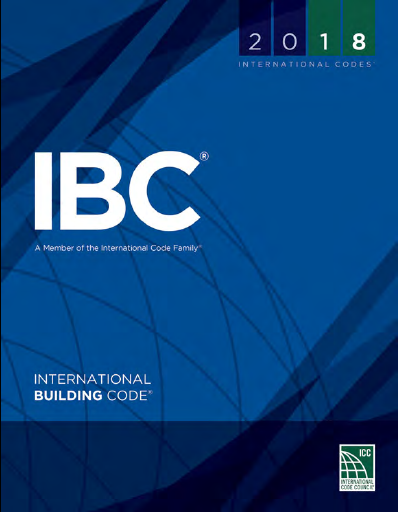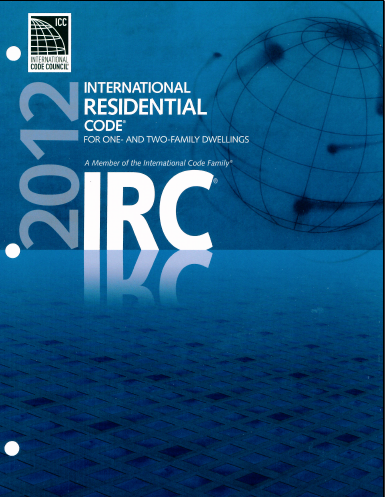 Structural design in the United States has long been governed by a complex patchwork of codes and standards, some of which are standardized nationwide and some of which are amended to varying degrees by individual states. In ClearCalcs, we support the usage of several recent revisions of the International Building Code (IBC), International Residential Code (IRC), and ASCE 7, as well as a couple of individual states’ modifications where there are particularly significant structural amendments (such as in California). However, it’s important to understand what it means to be designing under a particular code and the aspects of your design that are and are not affected in ClearCalcs.
Structural design in the United States has long been governed by a complex patchwork of codes and standards, some of which are standardized nationwide and some of which are amended to varying degrees by individual states. In ClearCalcs, we support the usage of several recent revisions of the International Building Code (IBC), International Residential Code (IRC), and ASCE 7, as well as a couple of individual states’ modifications where there are particularly significant structural amendments (such as in California). However, it’s important to understand what it means to be designing under a particular code and the aspects of your design that are and are not affected in ClearCalcs.
The Legally Required Code
The building code governing your design is legally proscribed by legislation adopted independently in each individual state. All 50 states have adopted codes that are based upon the same ‘model legislation’, in the form of the International Building Code and/or the International Residential Code. Those codes are related the entire construction of a building, including not just structural design, but also architectural design, fire design, accessibility, etc. In most cases, when states have amended the IBC or IRC, they’ve amended only or primarily those latter sections and generally have not modified the structural design meaningfully. In most states, therefore, you can accurately perform your structural design using the basic IBC or IRC. The code versions in current use by each state may be viewed for the International Building Code here and for the International Residential Code here. The actual amended text for each state is also viewable on Up.Codes here. Note also that certain larger commercial or industrial structures sometimes make use of a clause in the IBC that allows for the ASCE 7 standard to be used in lieu of most of the IBC’s load calculations, and ClearCalcs therefore additionally offers a couple revisions of ASCE 7 as a ‘building code’ option as well.Material Design Standards
While the IBC and IRC are the governing legislation, those building code documents are not self-contained and do not define every step of the structural design themselves. They generally define the loads that should be applied and the load combinations that should be used, but they do not define how to calculate the strength capacity of all the different materials - wood, steel, concrete, etc. Instead, they refer out to standards developed by various industry bodies, such as the National Design Standards (NDS) for wood, American Institute for Steel Construction (AISC) 360 for steel, or American Concrete Institute (ACI) 318 for concrete. In ClearCalcs, when you select a building code to use, we’ll change the load combinations to reflect the building code you want to use, but we will still use the most recent revision of the relevant material standard. We do not currently match material standard revisions to building code revisions. Most states explicitly allow you to use newer revisions of the material design standards, but please check with your individual state to ensure that this is the case. Specifically for the IRC and its local state variants, note that wood design has different methodologies allowed. You may either use the prescriptive span tables in the IRC document itself, or the IRC alternatively allows you to use the NDS - which is what ClearCalcs does. We do not use those prescriptive span tables in the IRC document, as they are much more restrictive and generally more conservative (they have no provision for custom cross-sections, and generally do not meaningfully account for complex loading scenarios or multi-span support conditions). Unfortunately, the IRC does not provide such an alternative design pathway for cold-formed steel or concrete; you must use the IRC’s prescriptive span table methods for CFS or concrete, and ClearCalcs does not yet support this. Therefore, if you do wish to design using the IRC, you may only do so for the wooden portions of your building.
Specifically for the IRC and its local state variants, note that wood design has different methodologies allowed. You may either use the prescriptive span tables in the IRC document itself, or the IRC alternatively allows you to use the NDS - which is what ClearCalcs does. We do not use those prescriptive span tables in the IRC document, as they are much more restrictive and generally more conservative (they have no provision for custom cross-sections, and generally do not meaningfully account for complex loading scenarios or multi-span support conditions). Unfortunately, the IRC does not provide such an alternative design pathway for cold-formed steel or concrete; you must use the IRC’s prescriptive span table methods for CFS or concrete, and ClearCalcs does not yet support this. Therefore, if you do wish to design using the IRC, you may only do so for the wooden portions of your building.